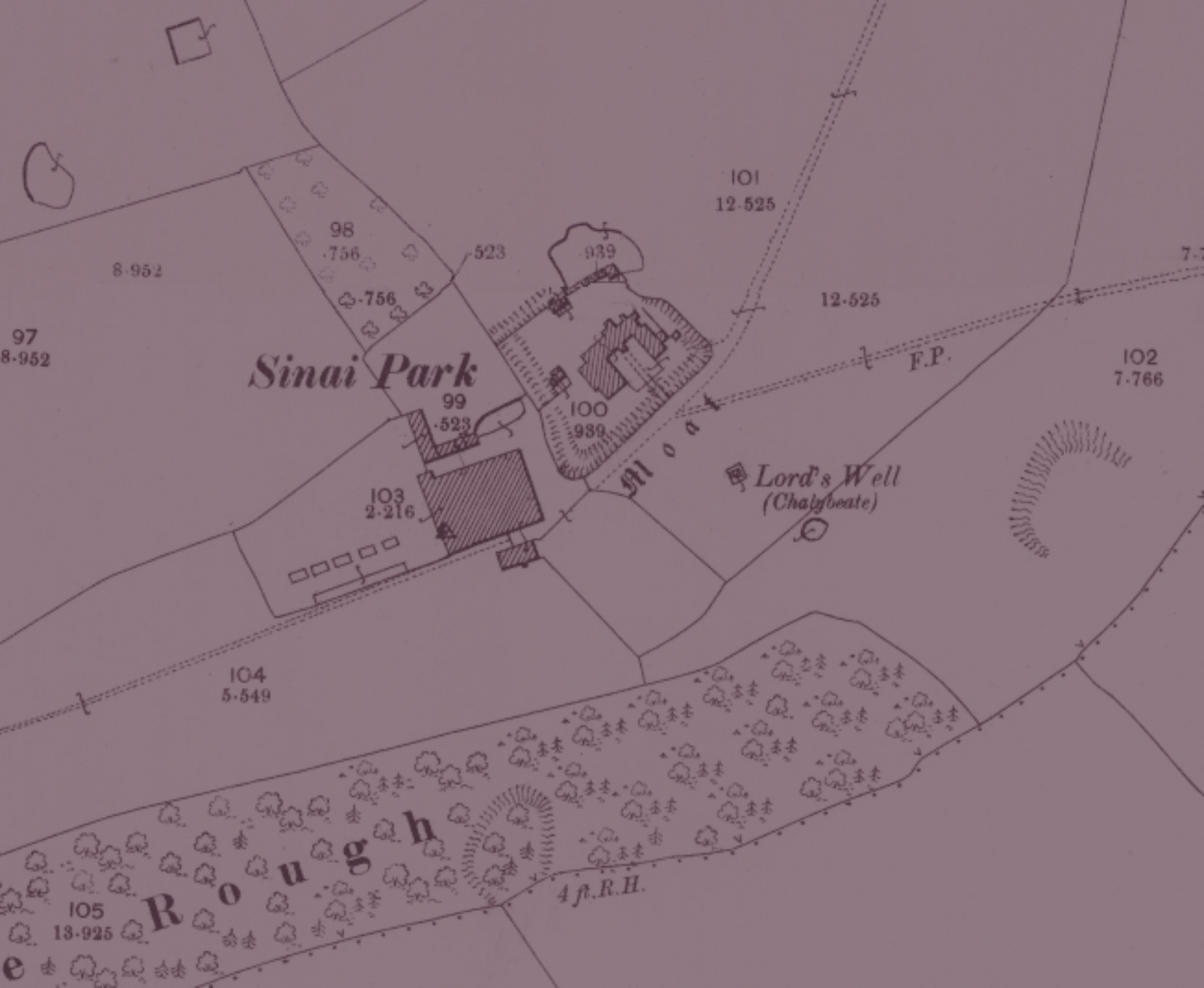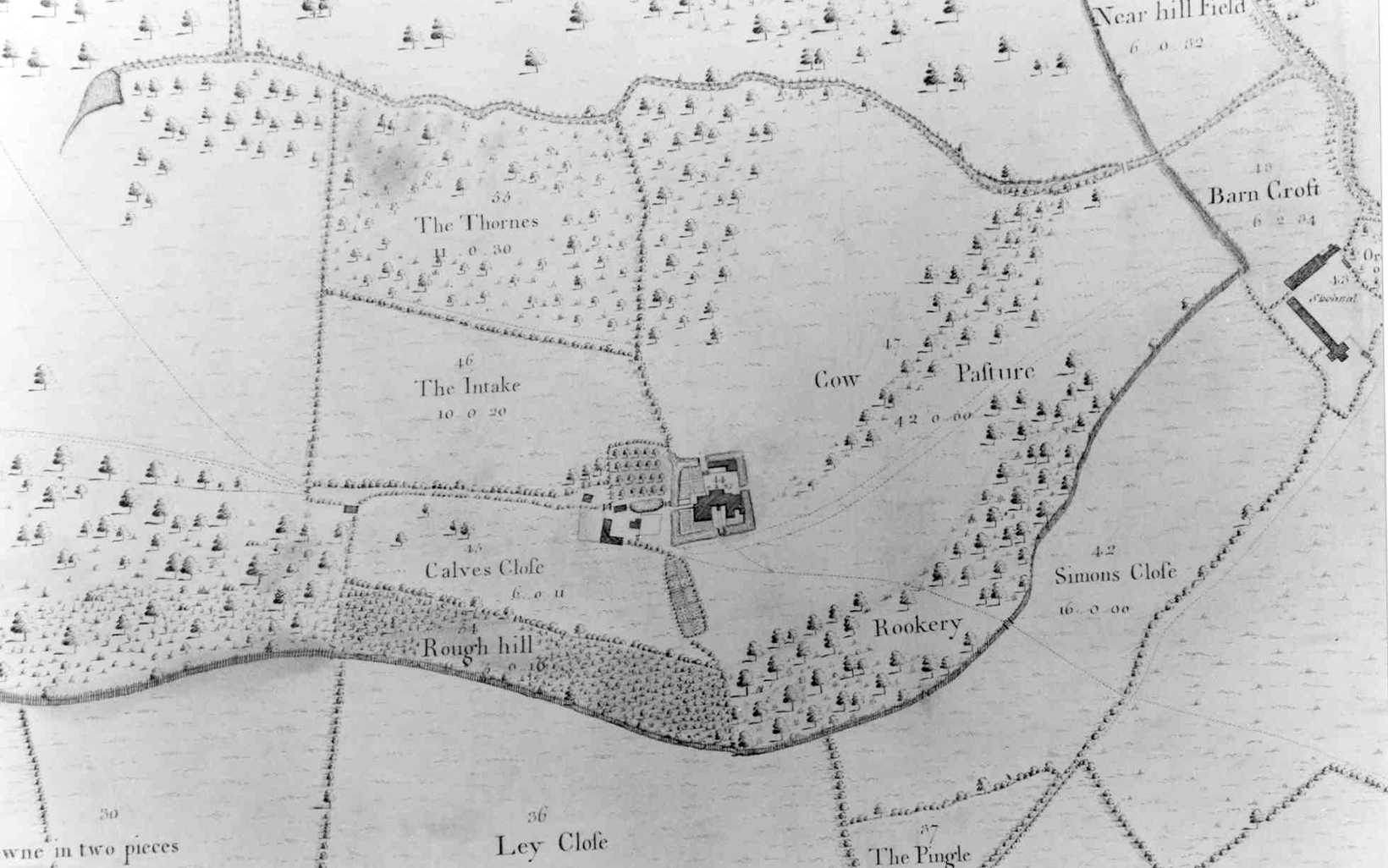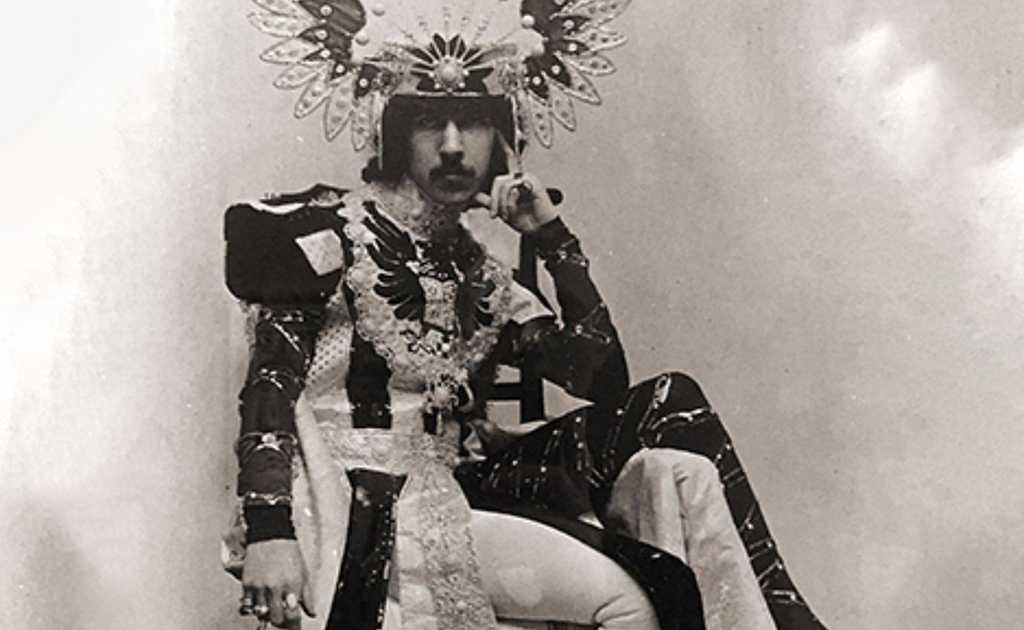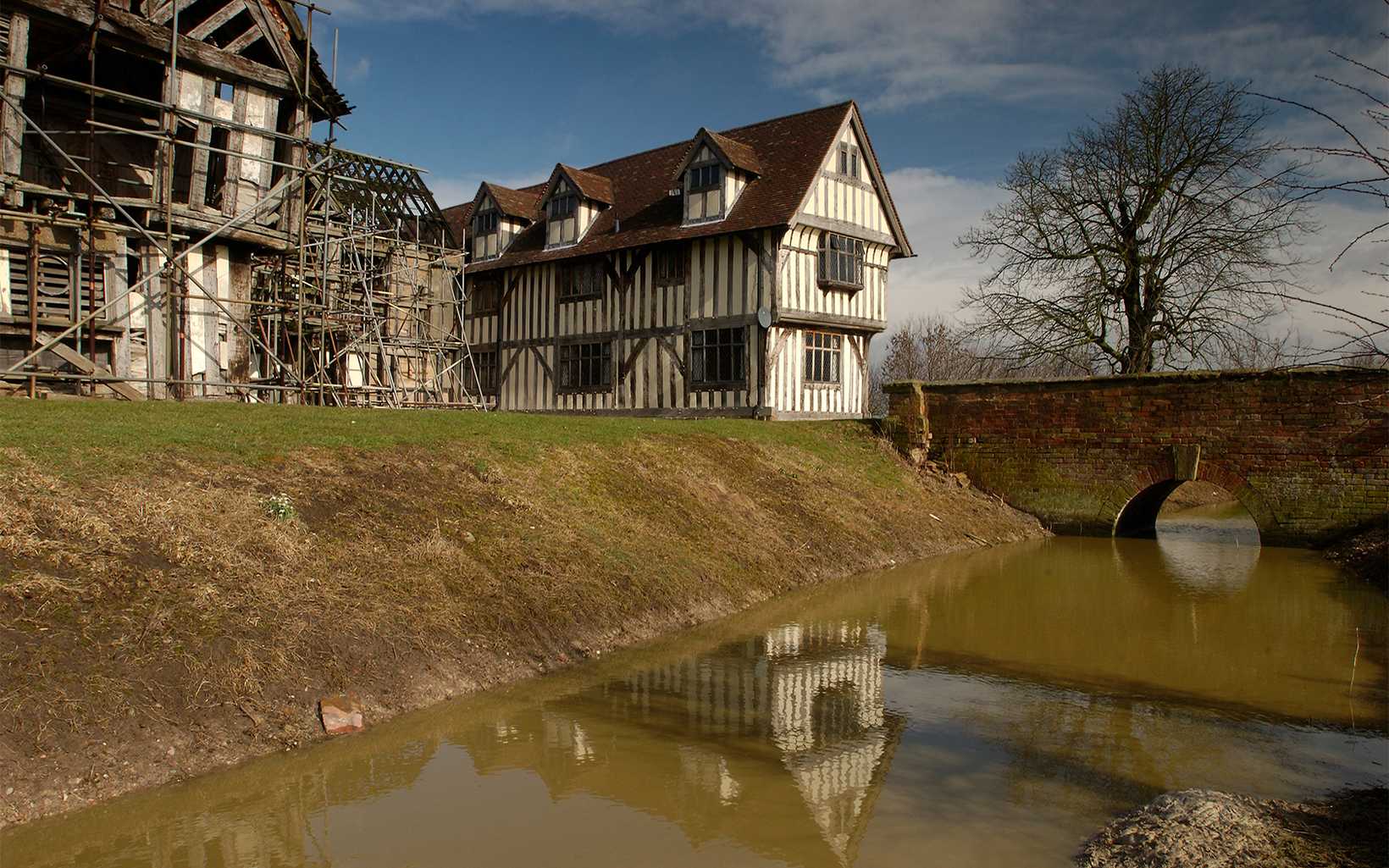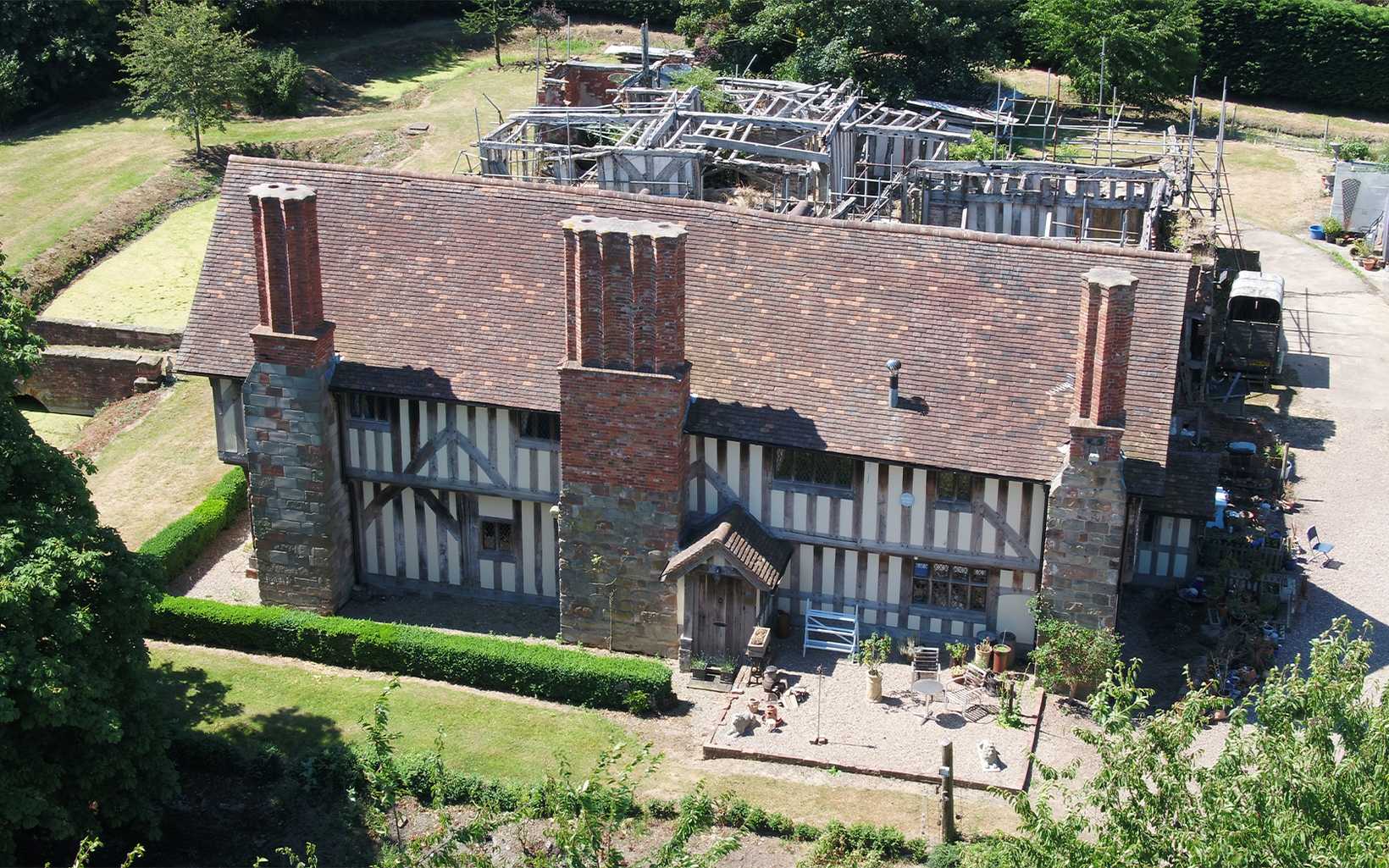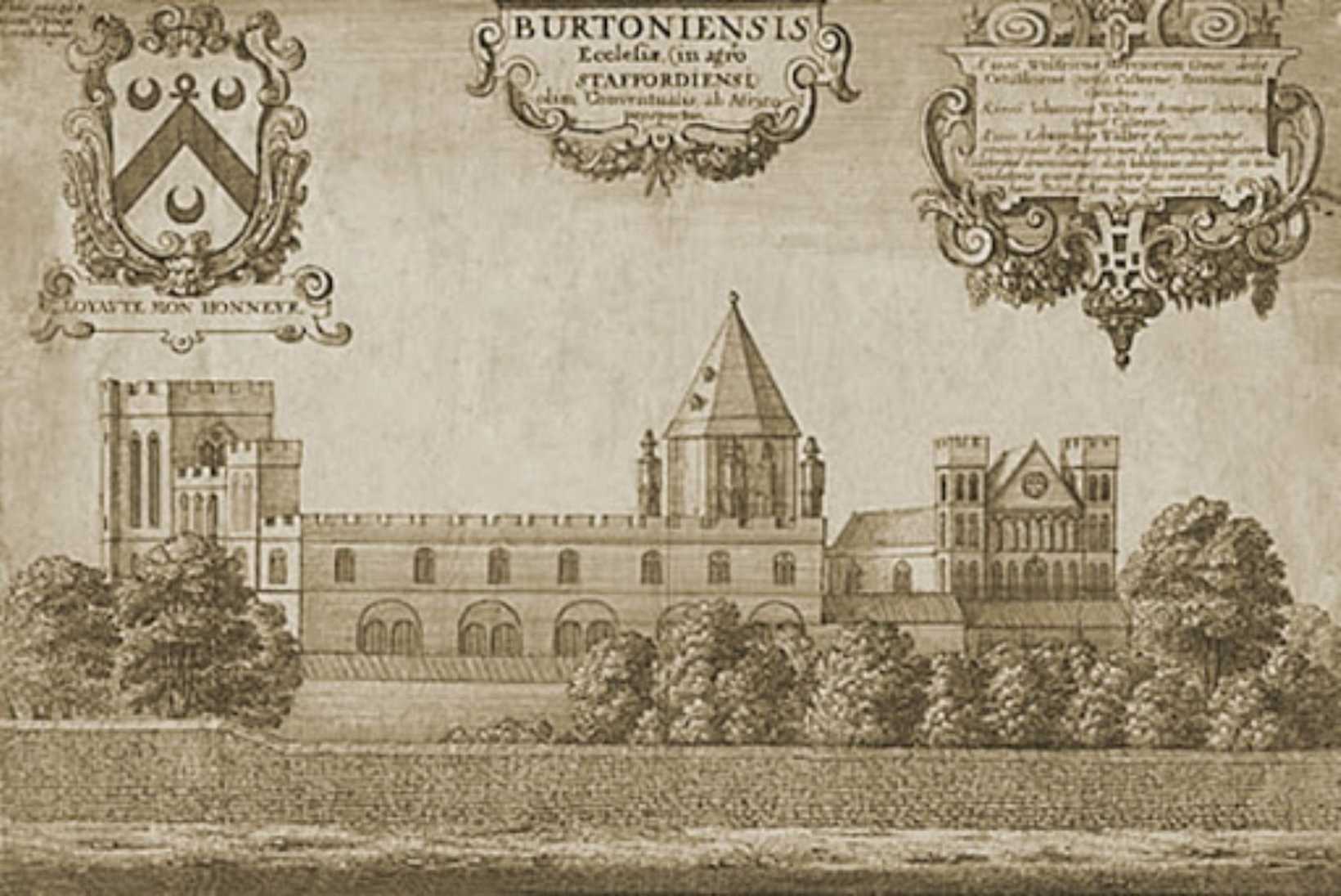
The monks of Burton Abbey – 1300s to 1500s
The monks wanted better accommodation alongside their healing spring, so they brought two timber framed buildings up to the site in the 1400 and mashed them together to make the north east wing. The original buildings date from the 1300s.
In the early 1500s they did the same again, creating the other wing - the start of today’s Grade II* listed building. Grade II* means it’s in the top 7% of important buildings in England!
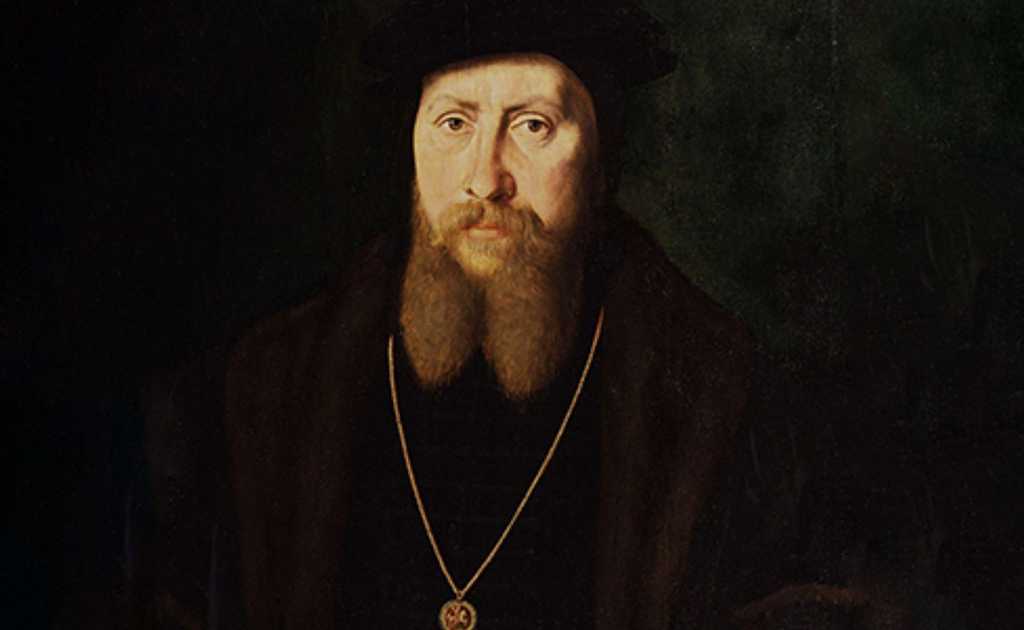
Dissolution of the Monasteries by Henry VIII – 1540s
After the Dissolution of the Monasteries in the 1540s, Henry VIII gave all the Burton lands he’d confiscated, including Sinai to one of his top ministers, William Paget.
Hardly anyone’s heard of William even though he was super-important because he was so clever at changing sides that he never got his head cut off!
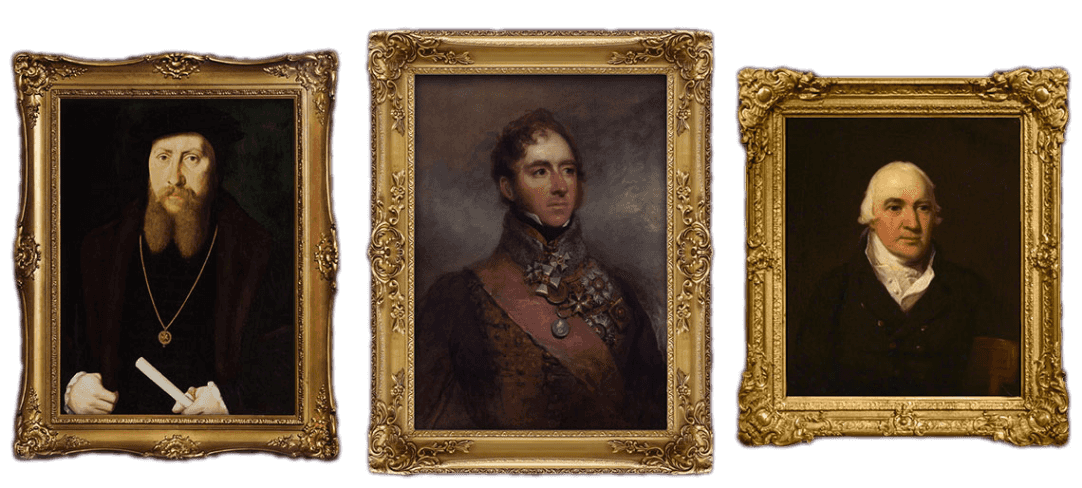
The powerful Paget family in Burton – 1540s to 1900s
The Pagets started off as Staffordshire nail makers so the family’s meteoric rise to power was phenomenal and when the King asked what William Paget would like as a reward for his service, he claimed most of the county!
The Pagets continued to be the dominant force in Burton on Trent for nearly 400 years.
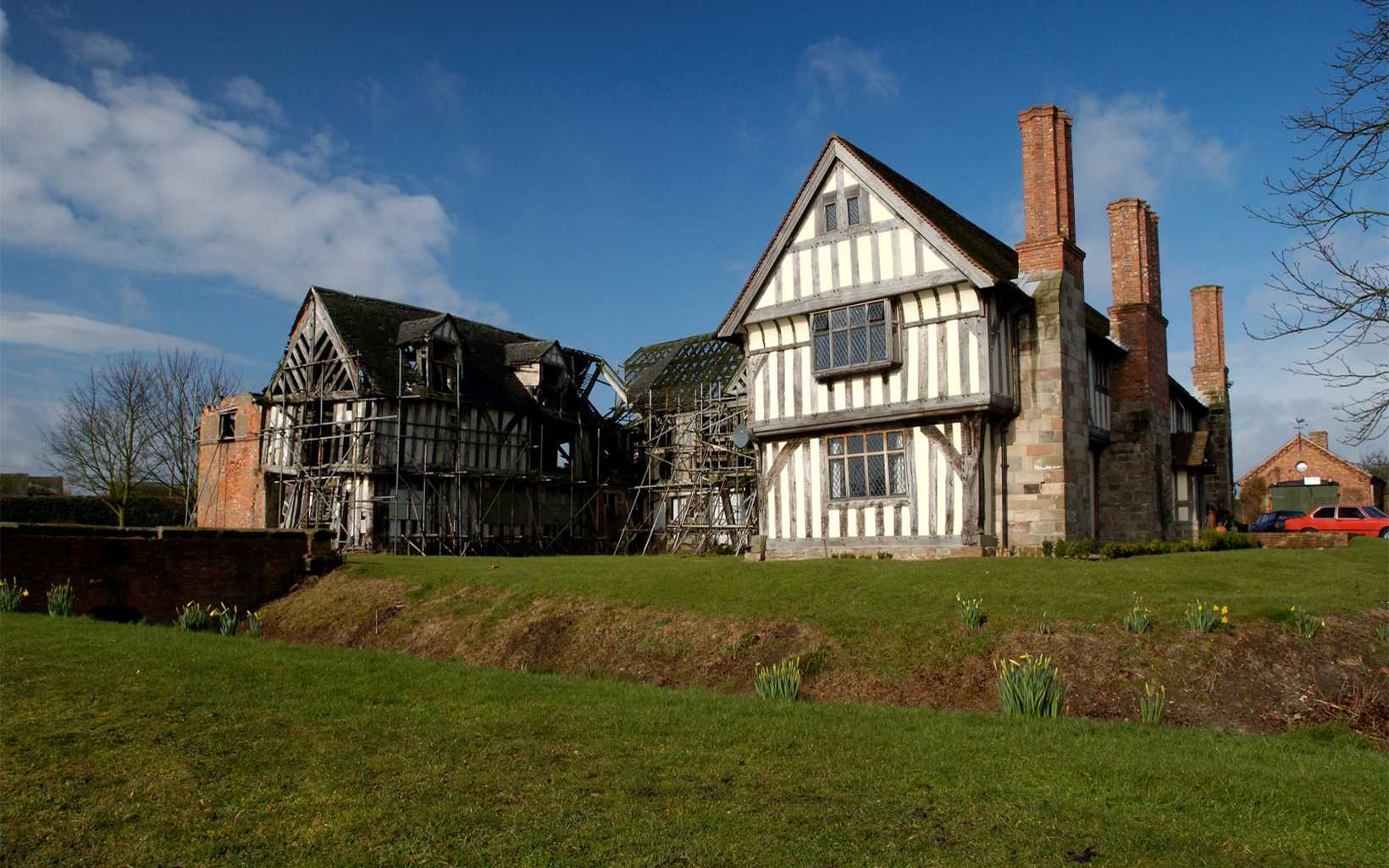
The creation of a shooting lodge & Medieval great hall – 1600s
Located in a deer park, the Pagets used Sinai Park House as their hunting lodge as it was too small to be a proper country house.
Because some of the hunting and shooting guests were celebrities, like the Earl of Essex, the Pagets joined the Medieval buildings together in 1605 to create a building that was designed to look like a Medieval great hall. A very posh, very old fake, like all the rest of the extensions and additions that make Sinai what it is.
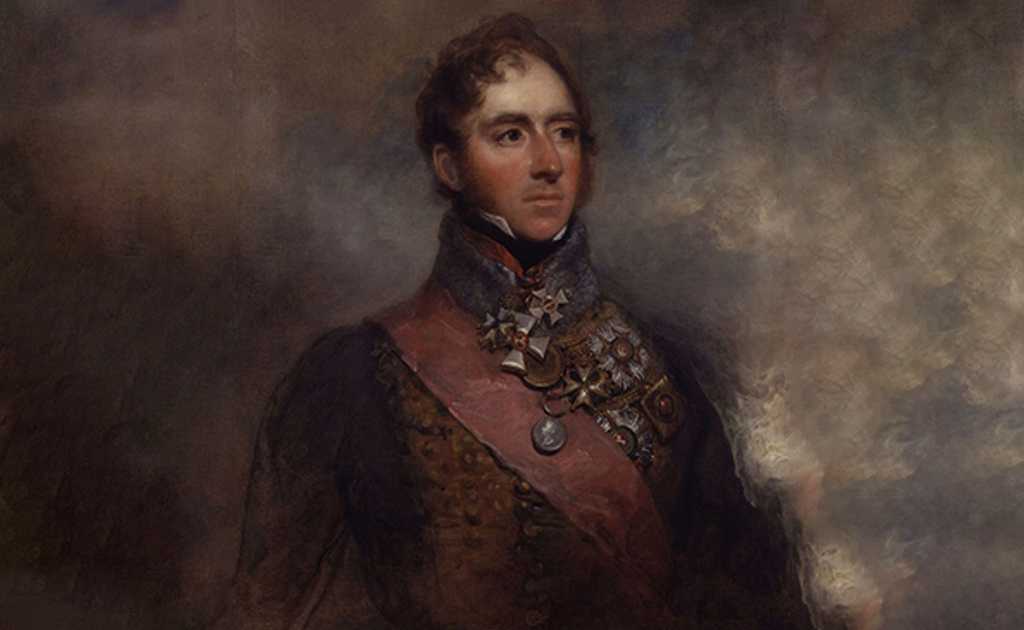
Henry Paget a major English hero – 1768 to 1854
The most famous Paget was Henry Paget, Earl of Uxbridge and Marquis of Anglesey. And in his day proper famous!
He was second in command to Wellington at the Battle of Waterloo and he lost a leg in the battle. He was a major English hero - with a really colourful tabloid life before and after.
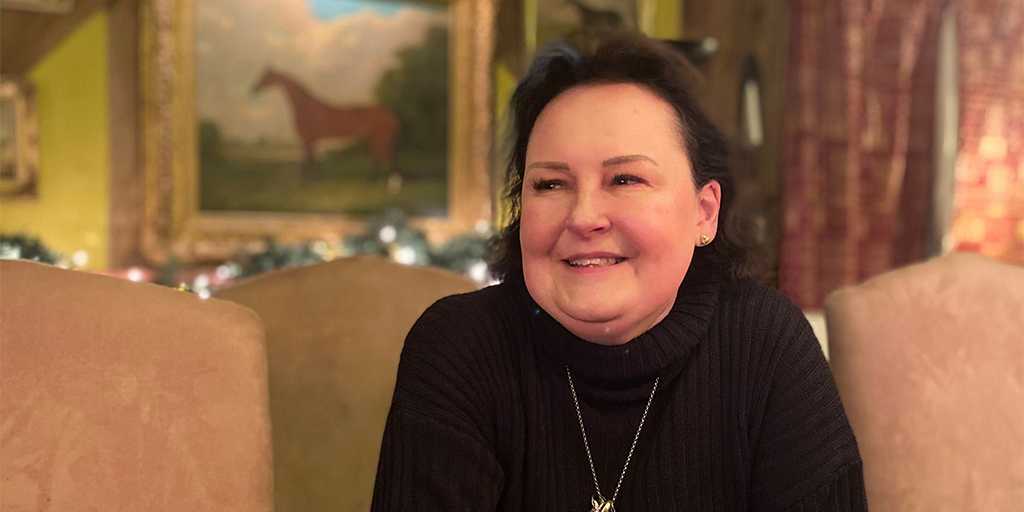
Kate Murphy & Sinai Park House Trust – 1995 to present day
The current caretaker of Sinai Park House purchased the house in 1995 and renovated the eastern wing of the house. The property is now managed by Sinai Park House Trust.
The Trust is dedicated not just to saving the Grade II* timber framed buildings at Sinai, but to re-enabling access to the joyous, transformational and healing powers this site has always been able to offer.

